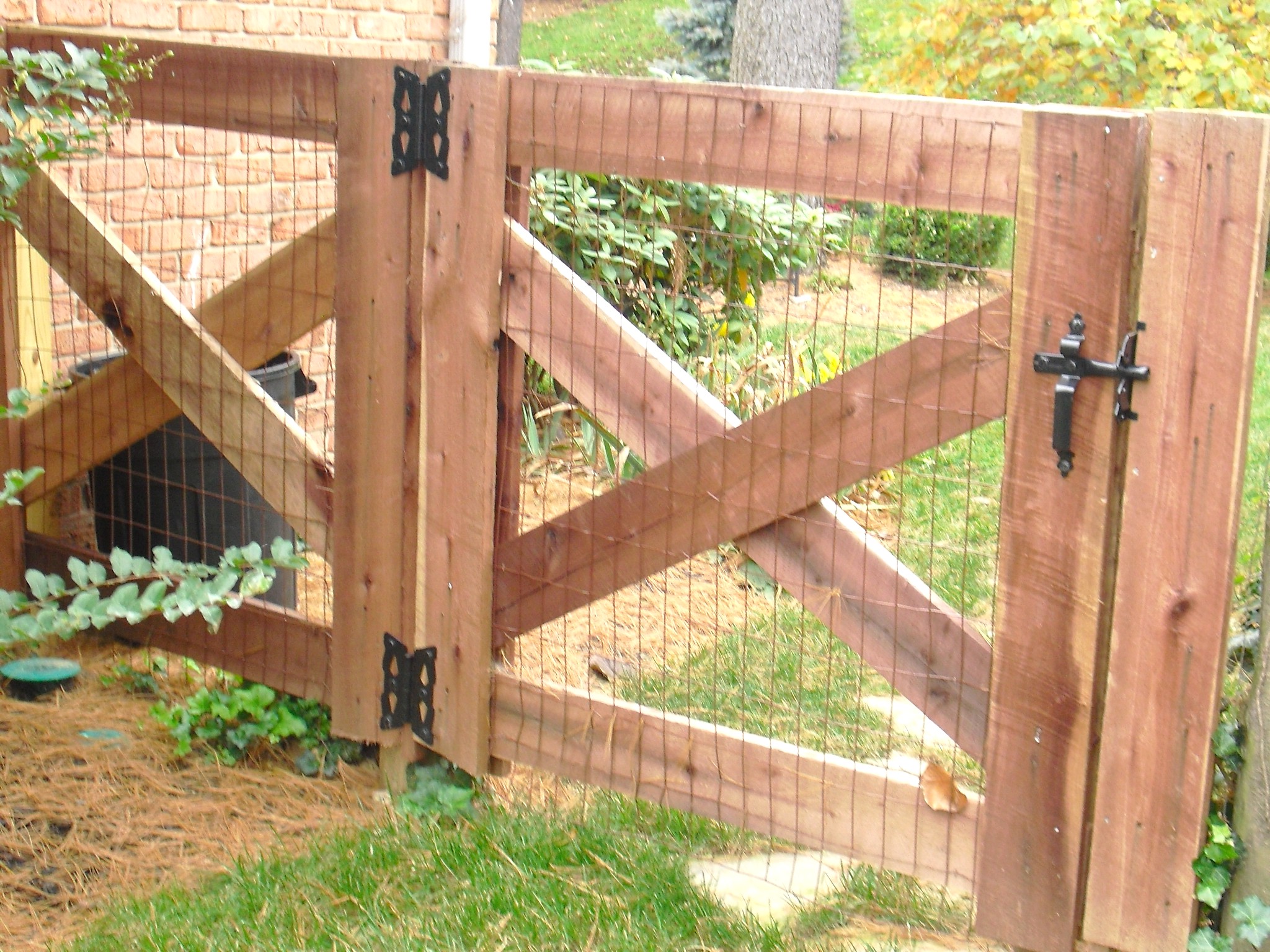
Introduction
When it comes to owning a dog, their safety and security should be a top priority. One effective way to ensure their well-being is by installing a reliable dog fence. A dog fence provides a designated space for your furry friend to roam freely while keeping them protected from potential dangers. This article will explore the benefits of a dog fence, different types available, and tips for selecting the right one for your canine companion.

The Benefits of a Dog Fence
A dog fence offers numerous advantages for both you and your pet. Firstly, it provides a safe area for your dog to exercise and play without the risk of them running off or getting lost. This freedom allows them to burn off excess energy and reduces the chances of destructive behavior in your home.
Furthermore, a dog fence acts as a barrier to prevent your furry friend from wandering into dangerous areas such as busy roads or neighboring properties. It also keeps them away from potential hazards in your own yard, such as toxic plants or swimming pools.
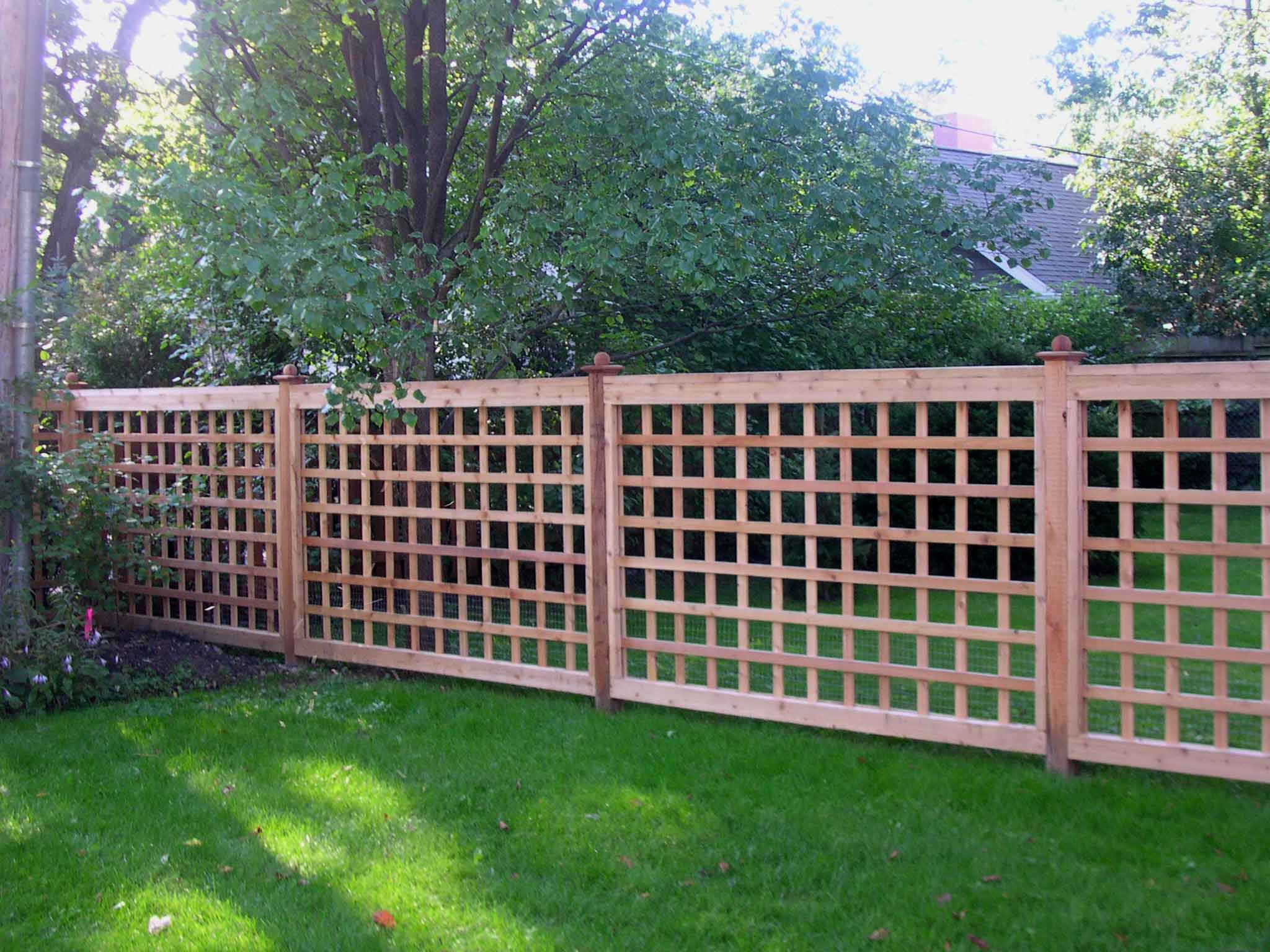
Types of Dog Fences
There are various types of dog fences available, each with its own unique features and benefits. Here are a few popular options:
1. Chain Link Fences
Chain link fences are a common and affordable choice for dog owners. They are sturdy, durable, and provide excellent visibility, allowing you to keep an eye on your pet. However, some dogs may try to dig under or climb over these fences, so additional measures may be required to prevent escape.

2. Wooden Fences
Wooden fences offer privacy and a visually appealing option for dog owners. They can be customized to match your home's aesthetic and provide a solid barrier for your pet. However, wooden fences may require regular maintenance to prevent rotting or damage from weather conditions.
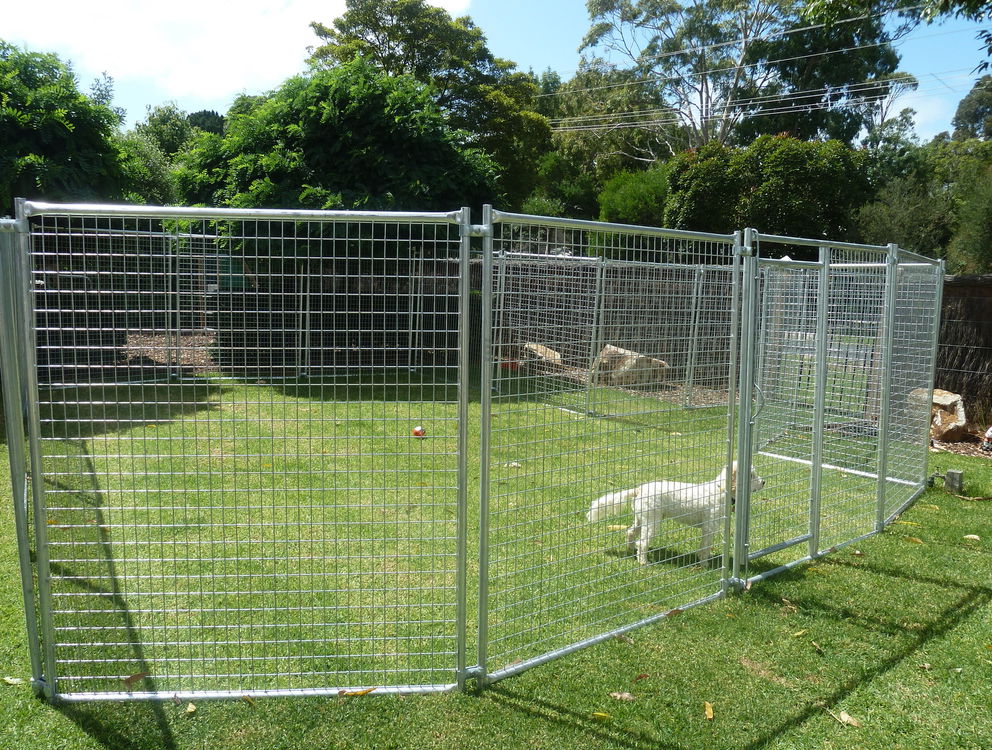
3. Electric Fences
Electric fences use a system of underground wires and a special collar for your dog. When your pet approaches the boundary, they receive a harmless electric stimulation to deter them from crossing. Electric fences are invisible, allowing an unobstructed view of your surroundings. However, proper training is crucial to ensure your dog understands the boundaries.

Tips for Selecting the Right Dog Fence
Choosing the right dog fence for your needs requires careful consideration. Here are some essential tips to help you make an informed decision:
1. Assess Your Dog's Behavior and Needs
Consider your dog's size, breed, and behavior. Some breeds are more prone to digging or jumping, which may require a higher fence or additional measures to prevent escape. Understanding your dog's tendencies will help you choose a suitable fence that meets their needs.
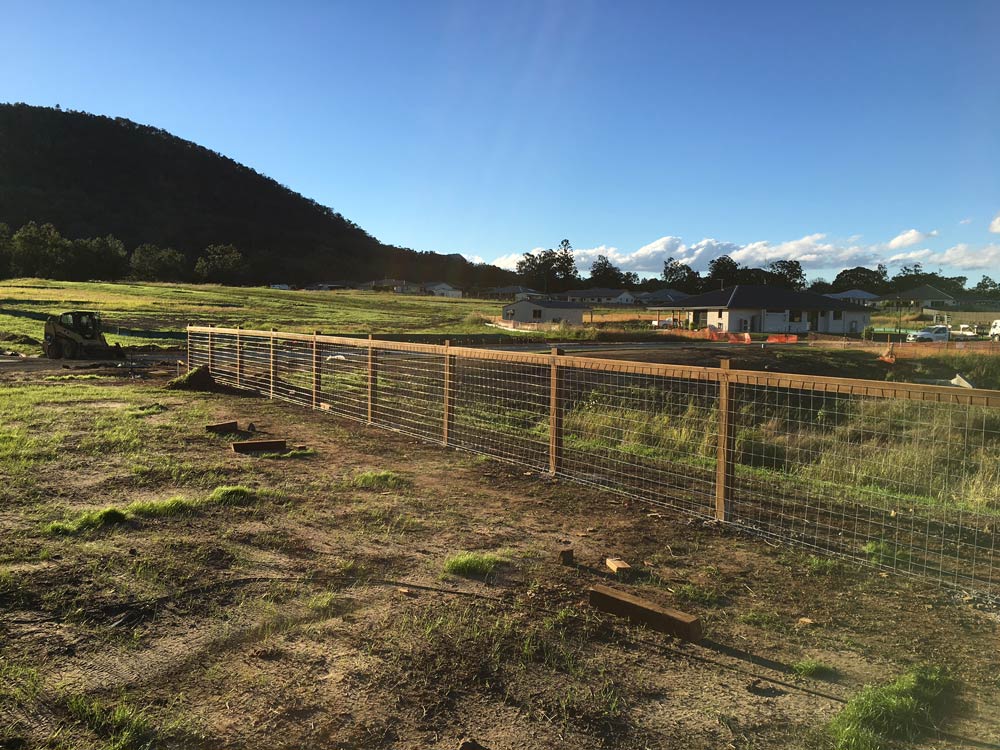
2. Determine the Size of the Enclosed Area
Measure the area where you plan to install the dog fence. Ensure it provides enough space for your dog to move around comfortably and engage in physical activities. Taking accurate measurements will help you determine the quantity of materials needed.

3. Consider Your Budget
Set a budget for your dog fence project. The cost will vary depending on the type of fence, materials used, and installation requirements. Research different options to find one that aligns with your budget without compromising quality and safety.
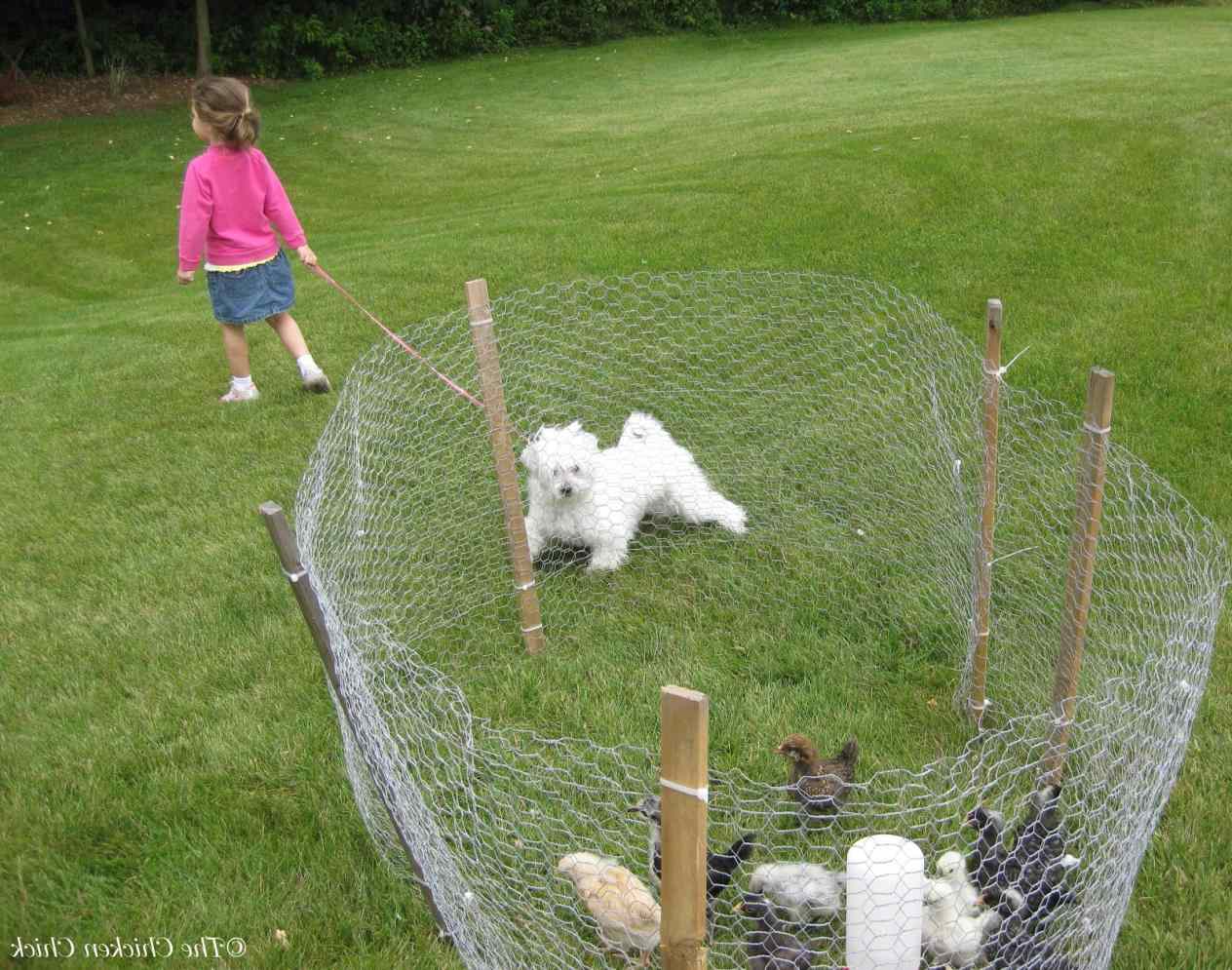
4. Seek Professional Assistance
If you're unsure about the installation process or need guidance in selecting the right dog fence, consider consulting a professional. They can provide expert advice based on your specific requirements and ensure a secure and effective solution for your furry friend.

Conclusion
A dog fence is an essential investment to keep your beloved pet safe and secure. It allows them the freedom to enjoy the outdoors while protecting them from potential hazards. By understanding the benefits and considering the different types available, you can choose the most suitable dog fence for your furry friend. Remember to assess your dog's needs, measure your enclosed area, and consider your budget before making a decision. With the right dog fence, you can provide a happy and secure environment for your canine companion.